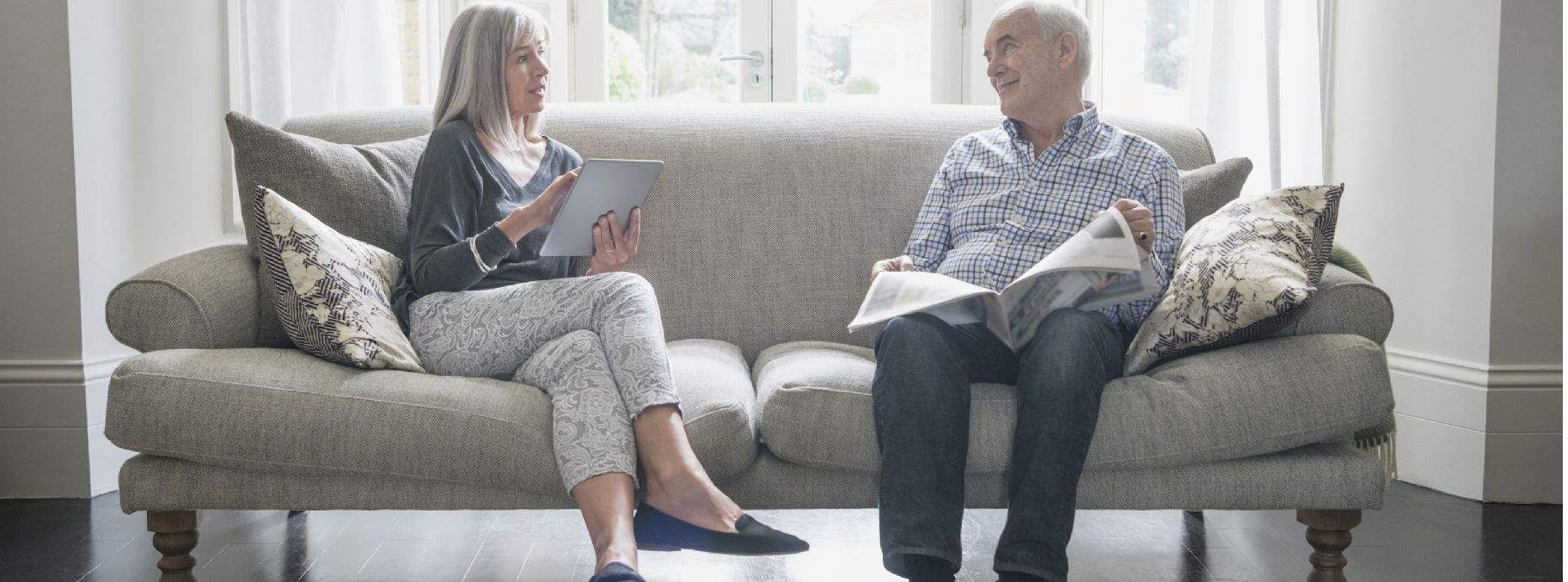The UK is facing a crisis in the provision of homes for our aging population. There are nearly 12 million people aged 65 and over, in some 8 million households, but only 726,000 specialist retirement homes. International comparisons suggest a 15 per cent provision would be more appropriate, equivalent to 1.2 million homes or 65 per cent more than current supply. As Baby Boomers grow older, demand will rise ever higher.
Appropriate housing not only benefits those living there, it’s good for the public purse too. Tailored property results in fewer accidents at home, while in-home care means fewer and shorter hospital stays. Savills estimates that this equates to a total saving of between £24,700 and £41,100 per retirement property*, and an annual NHS and social care saving of £186-£310 million based on current supply.
At the moment, although annual new supply is almost double the 1998 low of 4,412 homes, it still falls a long way short. What’s more, the homes being built do not match the profile of need. The majority are either social housing or premium properties at the upper end of the sales market priced to reflect substantial communal facilities. This creates a squeezed middle where people don’t qualify for the one and can’t afford the other, leaving them the prospect of being trapped in unsuitable accommodation.
Shared ownership, which offers the opportunity to buy between a 25 per cent and 75 per cent stake in a property while paying an affordable rent on the remainder, is one solution. But this accounts for only four per cent of the retirement homes built over the past five years – just 368 a year.
Changes to planning policy could boost the delivery of retirement homes and allow more lower priced housing to be built. For example, a planning covenant restricting a scheme to the over 55s limits the potential market and, therefore, land value. This means developers compensate by building high-specification, higher priced homes.
The treatment of build to rent in planning, where covenants require schemes to be held in the rental sector in exchange for a deliverable affordable housing contribution, could provide a model for homes for the elderly. A similar covenant could restrict homes to older households and guarantee a minimum level of service provision in exchange for land-competitive affordable housing requirements. Planning authorities could thereby level the playing field between general residential and retirement housing, unlocking more schemes in their areas at values the mid-market can afford.
* Estimated savings to the NHS and social care budgets range from £928 per year (Strategic Society Centre/James Lloyd, 2016), £1,000 (Demos, 2017) and £1,543 (Aston Research Centre for Healthy Ageing (2015). Savills Research has assumed an average occupancy level of 1.2 people per home in retirement accommodation, a saving of £1,110-£1,850 per year. That equates to £24,700 to £41,000 per year per property, if capitalised in perpetuity. Even if the property remains a retirement home for just 40 years, the saving is still £20,500 to £34,100.
Further information
Read more: Spotlight: Retirement Living










.jpg)